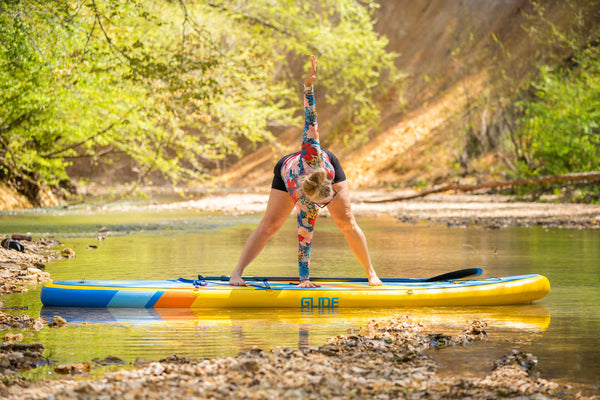Have you ever thought about taking your yoga practice to the water? SUP Yoga, or yoga on a stand-up paddleboard, offers a refreshing twist by combining the tranquility of water with the challenge of balancing on a floating surface. Here's everything you need to know to dive into this invigorating practice and perhaps rediscover your love for yoga in a whole new way.
Why SUP Yoga? In the last decade, SUP Yoga has surged in popularity, paralleling the growth of traditional yoga. There are compelling reasons yogis are drawn to this unique form of practice. First, balancing on a paddleboard adds an extra layer of challenge, intensifying the workout. Second, it provides a serene way to connect with nature, enhancing the mental and spiritual benefits of yoga.
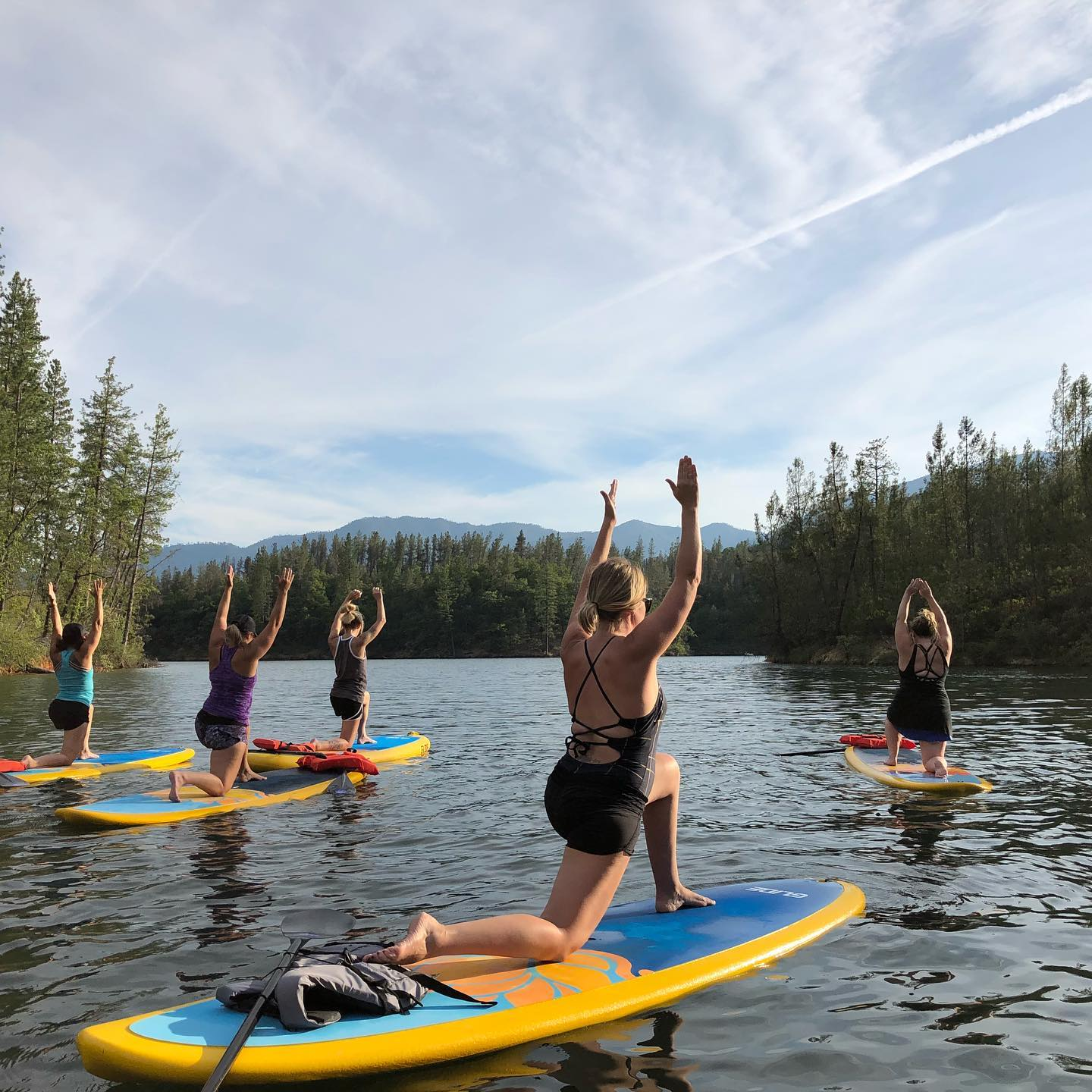
Choosing the Right Equipment To get started, selecting the right paddle board is crucial. While any stand up paddle board might seem suitable, a dedicated yoga paddleboard is a game-changer. These boards are typically wider—about 34-35 inches—providing a stable platform that makes a world of difference in performing various poses. A wider board means more room to balance and move, akin to a floating yoga mat.
Speaking of mats, traditional yoga mats are replaced by full-length deck pads on yoga paddleboards. These pads should be made of EVA foam for comfort and durability, and ideally, they should be smooth without ridges that could be uncomfortable during your practice.
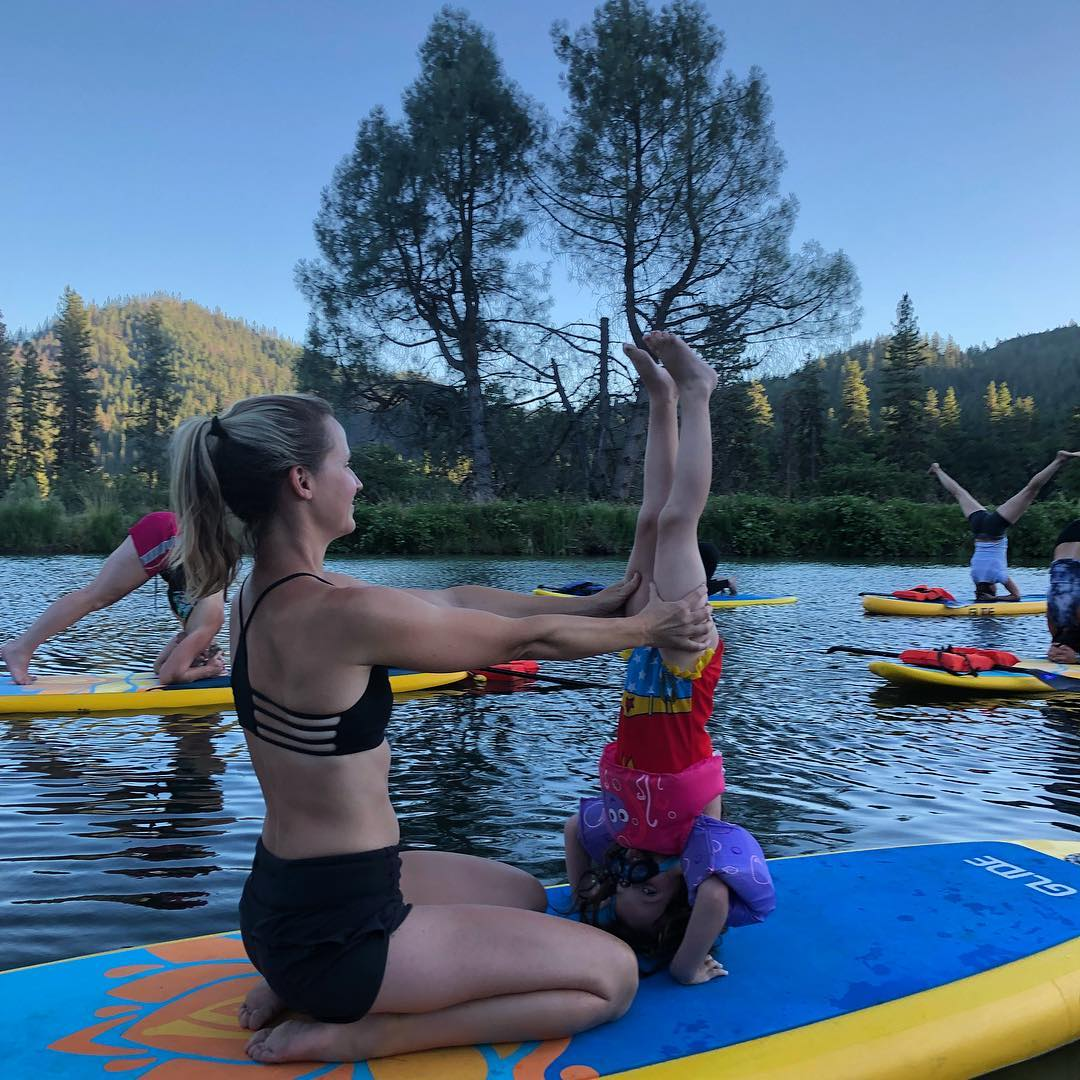
Features to Look For A good yoga paddleboard will also have a robust bungee system for securing your paddle and personal flotation device. Other features to consider include the weight capacity of the board—especially if you plan to bring along a pet or child—and the design of the board itself. Some boards have a displacement hull-like nose, which helps improve tracking through the water, though this is more common in hard boards than inflatables.
Inflatable vs. Hard Paddle Boards An inflatable paddle board can be a fantastic option for SUP Yoga. They offer nearly the same deck space and stability as hard boards but are lighter and easier to store and transport. These boards typically come with various high-quality accessories like dual chamber pumps, backpacks with wheels, and even kayak seats, enhancing their versatility and value.
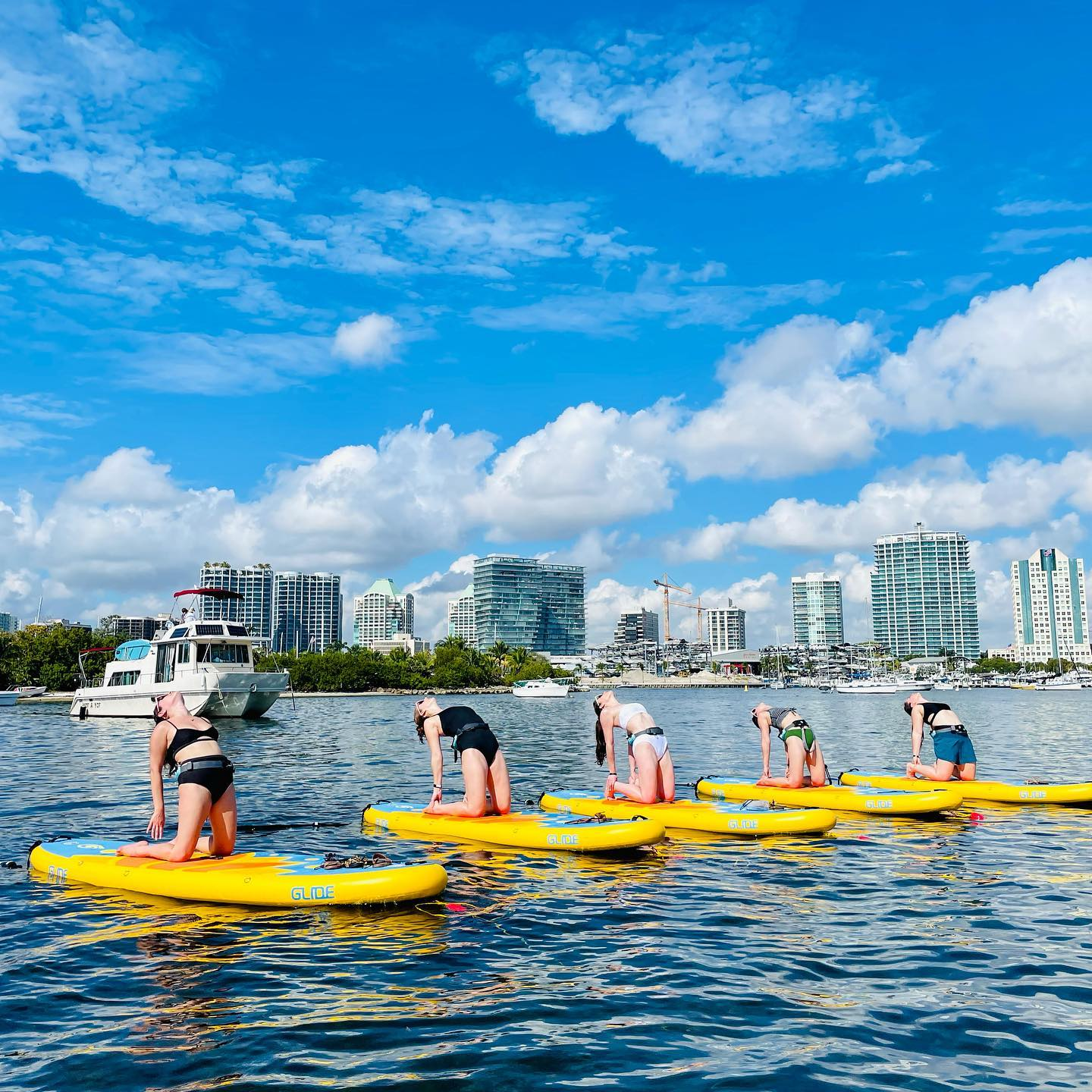
Accessories and Extras While some accessories like a tri-fin setup or carbon fiber rails might be marketed as beneficial, they aren’t necessary for yoga practice. The focus should be on a simple, stable, and comfortable board to facilitate your poses and practice.
Getting Started with SUP Yoga If you're new to SUP Yoga, it's wise to begin with a class led by a certified instructor to learn the basics safely. Always check the weather and water conditions before heading out, and choose a calm, sheltered spot to practice.

Simple Poses to Try Once you're ready, start with some basic poses to gain confidence on your board:
-
Easy Seated Pose: Helps open up the hips and stretches the spine, promoting good posture.
-
Child’s Pose: Ideal for relaxing and stretching the back and shoulders.
-
Downward-Facing Dog: A foundational pose that stretches the lower body and strengthens the arms.
-
Plank: Builds core strength and balance.
-
Cobra: Opens up the chest and strengthens the back.
-
Low Lunge: Stretches the hips, hamstrings, and quads.
-
Wide Leg Standing Forward Fold: Strengthens and stretches the legs and spine while also toning the abdominal organs.
-
Pigeon Pose: Excellent for hip flexibility and relaxation.
-
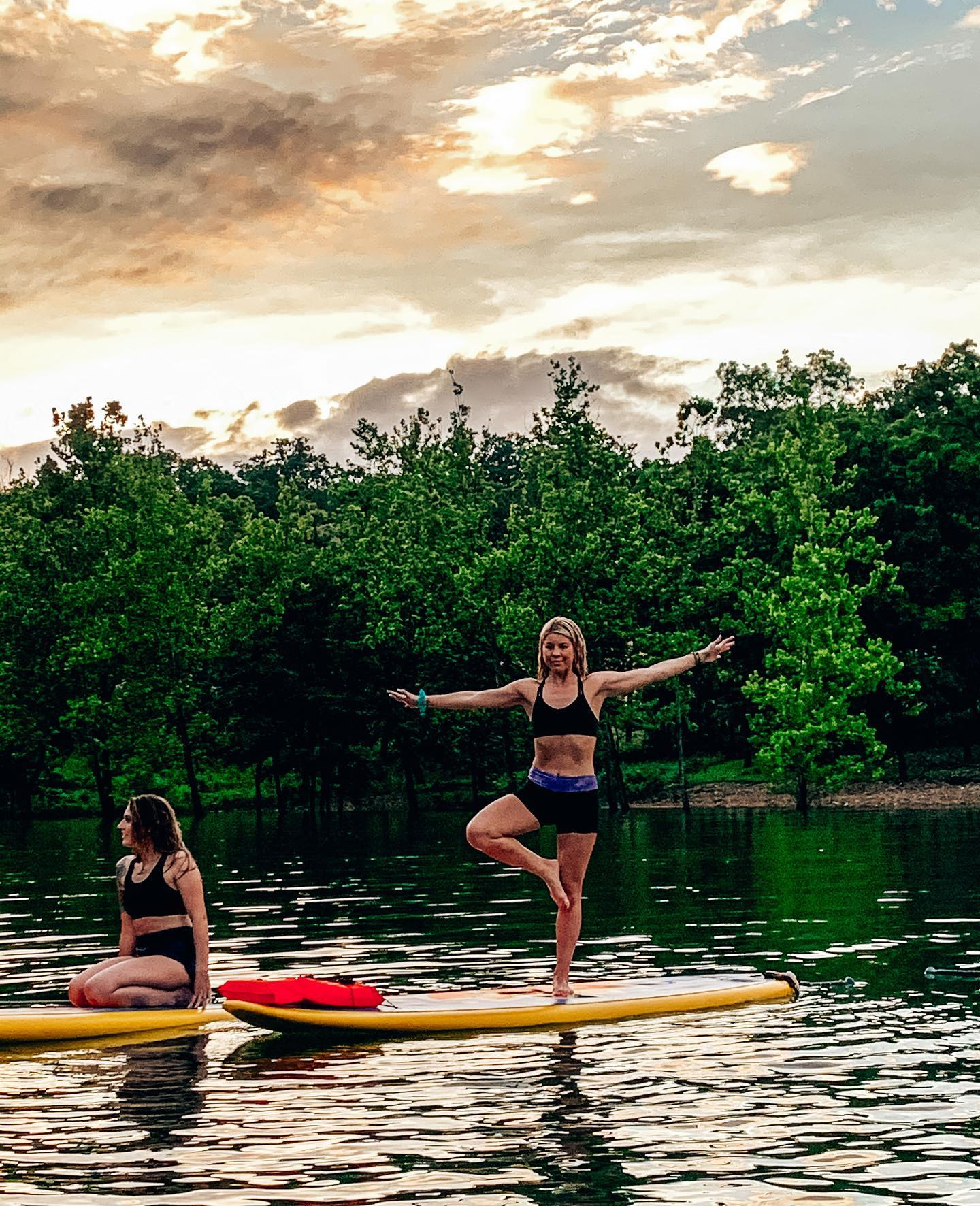
Finish your session with a Savasana, or Corpse Pose, allowing yourself to fully relax with the gentle rocking of the water and the soothing sounds around you.
Conclusion SUP Yoga is more than just a workout; it's an enriching experience that combines the physical, mental, and spiritual aspects of yoga with the natural beauty of being on the water. With the right board and a few foundational poses, you’re all set to elevate your yoga practice to new heights—right on the water
